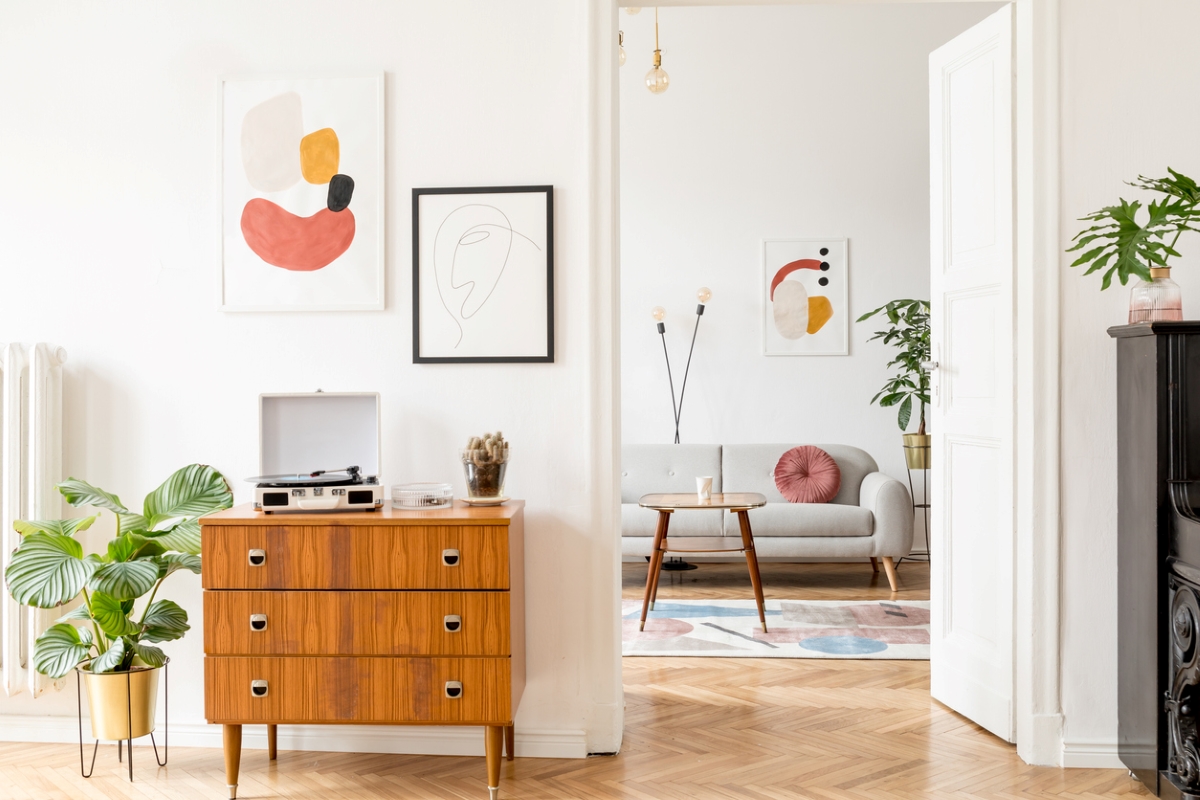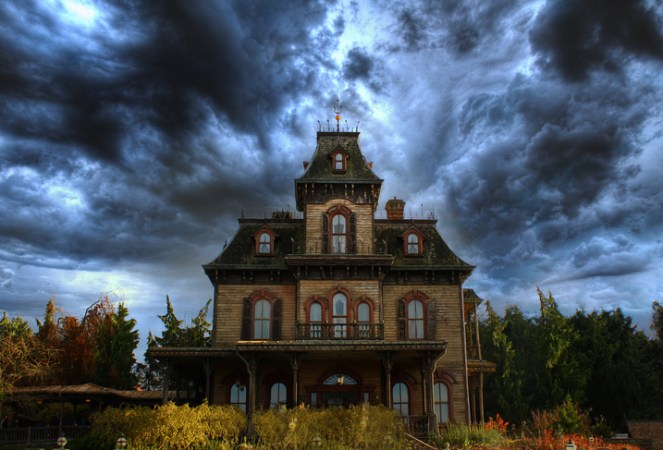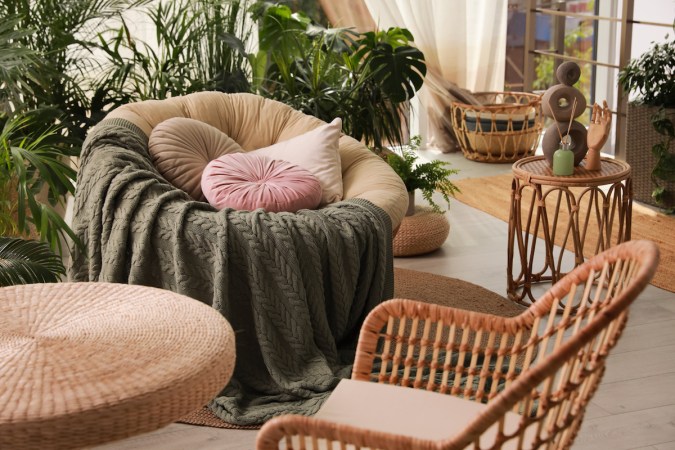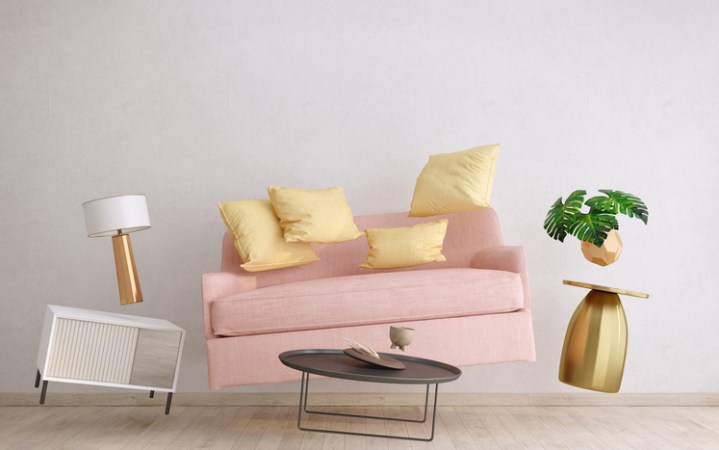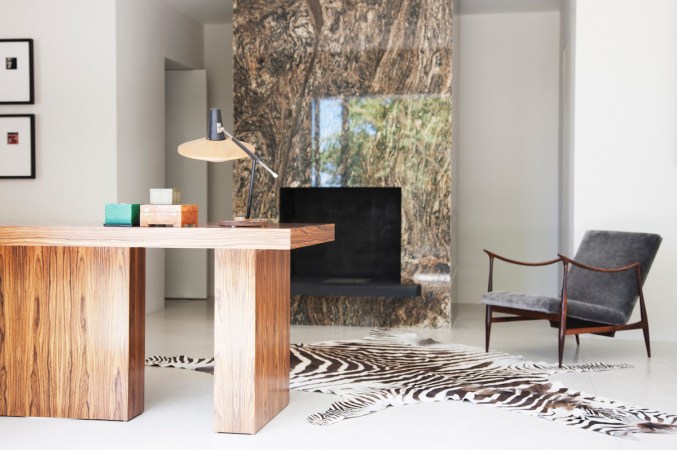We may earn revenue from the products available on this page and participate in affiliate programs. Learn More ›
Whether you’re shopping for a house or preparing to decorate one, getting to know your design style can help you find or create a space you love. Your home doesn’t just have to be a place to live; it can also be an extension of your personality, according to designer Kate Dawson. She says, “Our homes tell a story about us. You can, and should, express more of who you are through your home décor.”
Perhaps you aren’t sure what your design style is, or you’ve already purchased a home and feel pigeonholed into a specific decorating approach. Not to worry, we’ve got some designer tips that can help.
Identifying Your Design Style
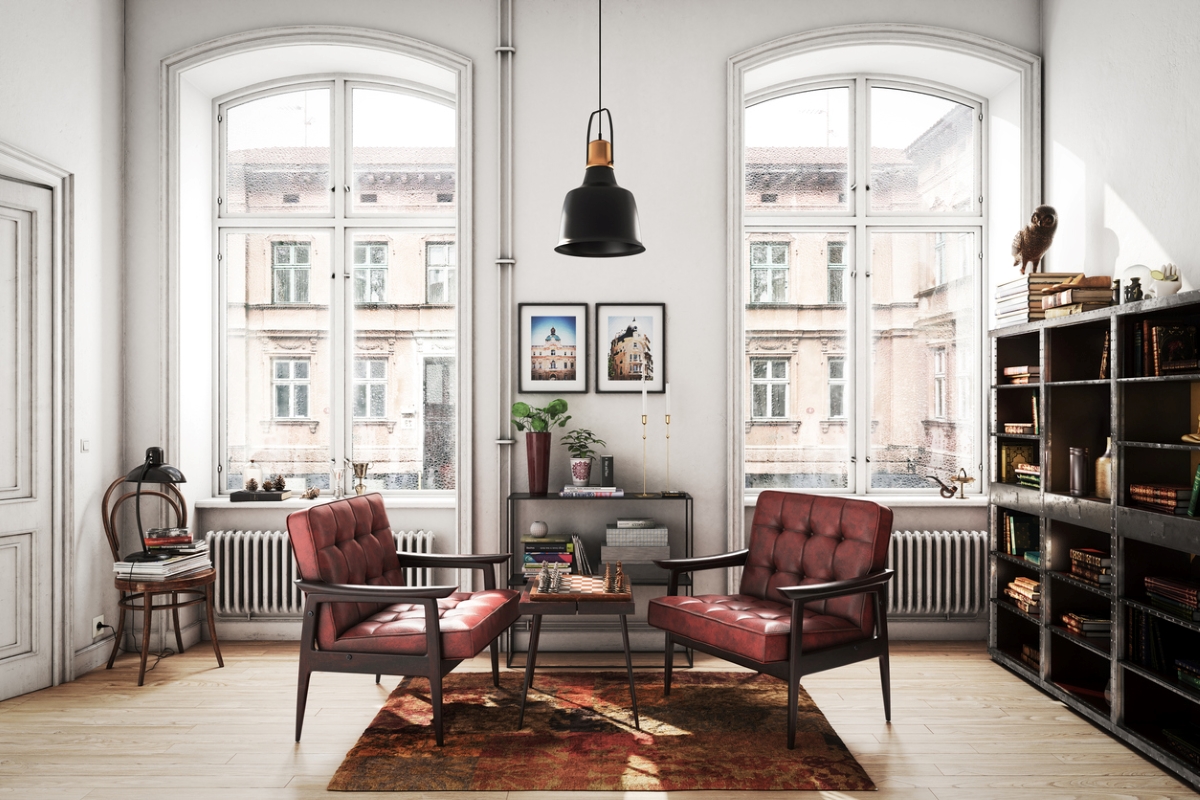
If your mind goes blank when your real estate agent asks what style of house you’d like or you feel clueless about your decorating preferences, it may be time to do a little homework. Designer Sarah Storms of interior design firm Styled by Storms says, “When someone enters your ‘world,’ they should know who you are by the way you have decorated your home.”
Storms recommends starting in your closet. “People tend to take more risks with their outfits rather than their homes because it feels like less of a commitment,” she says, “but you should still want to feel all the happiness, confidence, or safety that you do in a favorite outfit every day while living in your home.” Storms suggests noticing patterns in your wardrobe. For instance, maybe specific colors or prints pop up often. Consider whether most items are modern, edgy, classic, or vintage. “The essence of what you gravitate to is the same regardless of whether it is for your wardrobe or your home,” she says.
Sticking With What You Love
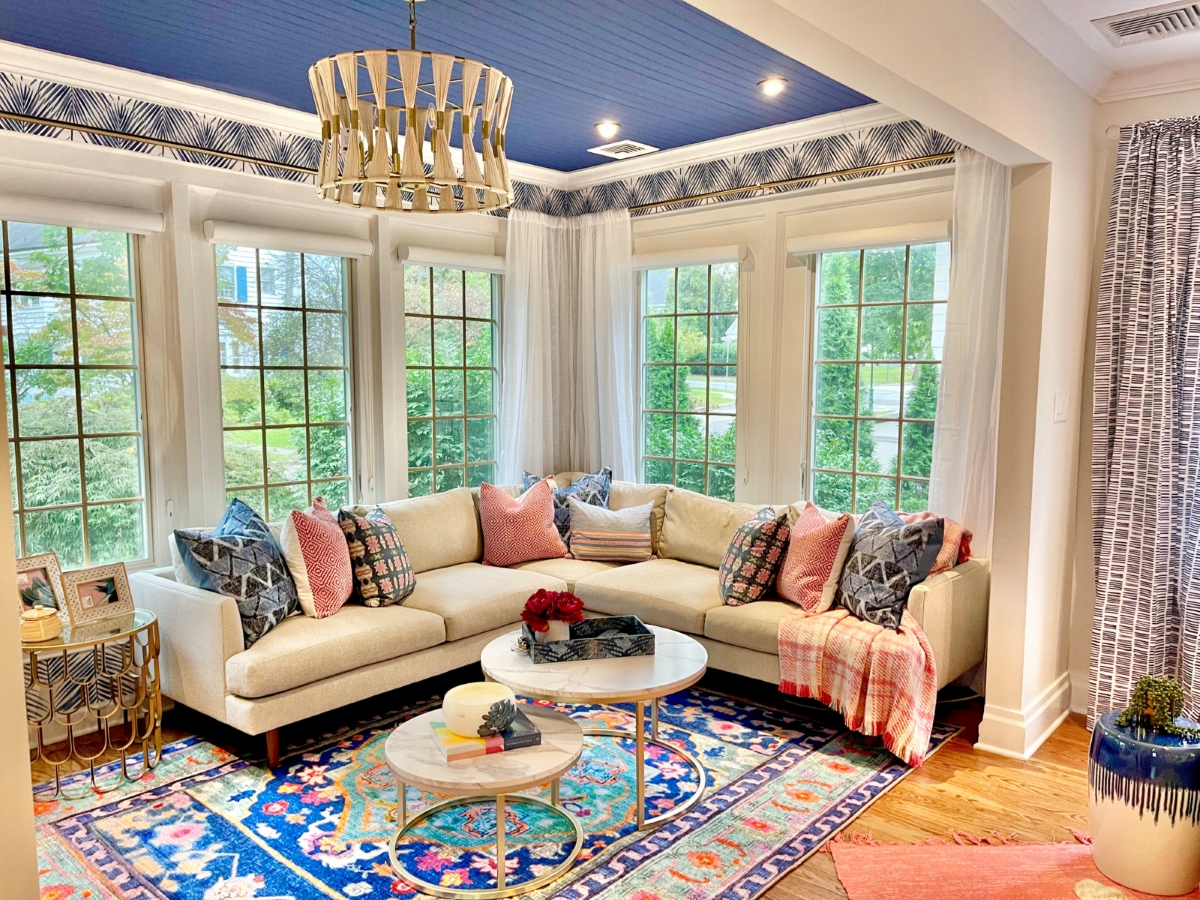
Instead of simply going with current trends, Dawson recommends tuning into your gut. Look at design photos and ask yourself, “Which one thrills me?”
“Your space should be reflective of the people, places, and things you love,” Dawson says. For instance, she recently worked with clients who had relocated from California to New Jersey and were redecorating their new space. They wanted to incorporate the feeling of sunshine and beachiness they loved in their previous home. That goal, and their personal art collection, inspired the final design that included colorful rugs and a fun blue ceiling.
Dawson says a great way to create a vision is by pulling together a Pinterest board that you can then review on your own or alongside a designer. “You’ll suddenly start seeing what’s thematic or related in all of them,” she says, and that can be very telling.
RELATED: 10 Ways to Ace “Coastal Grandmother” Style
Translating Your Preferences into Design Types
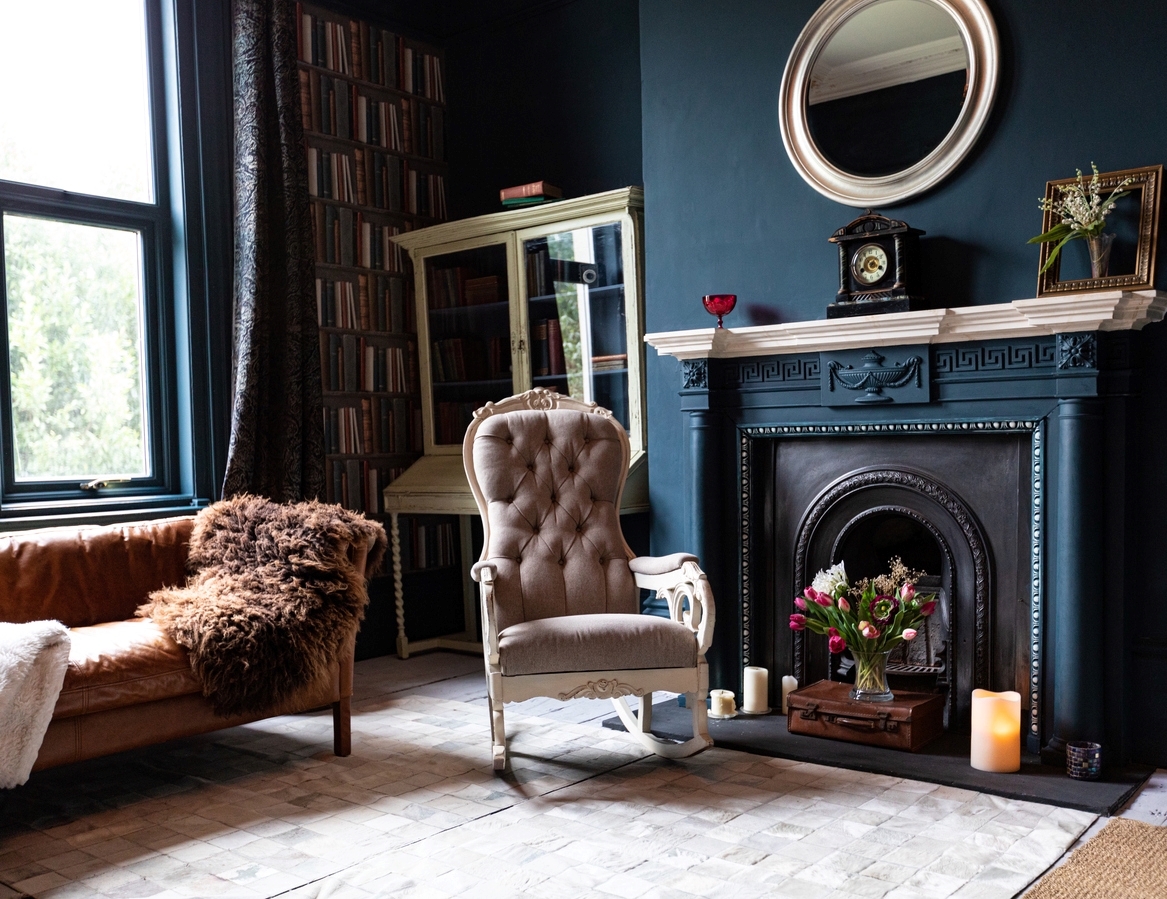
If you prefer dark colors and metal accents, your decor style might fall under modern and industrial. If it resembles a glamorized version of your grandmother’s closet, grandmillennial styling may appeal to you. Check out mid-century modern furnishing if you love a structured look with a retro vibe, and for style icons who opt for a little bit of everything, an eclectic décor style might just be what thrills you.
RELATED: The 10 Best Celebrity Home Decor Lines You Can Shop Online
Matching Your Exterior Décor With Your Interior Décor
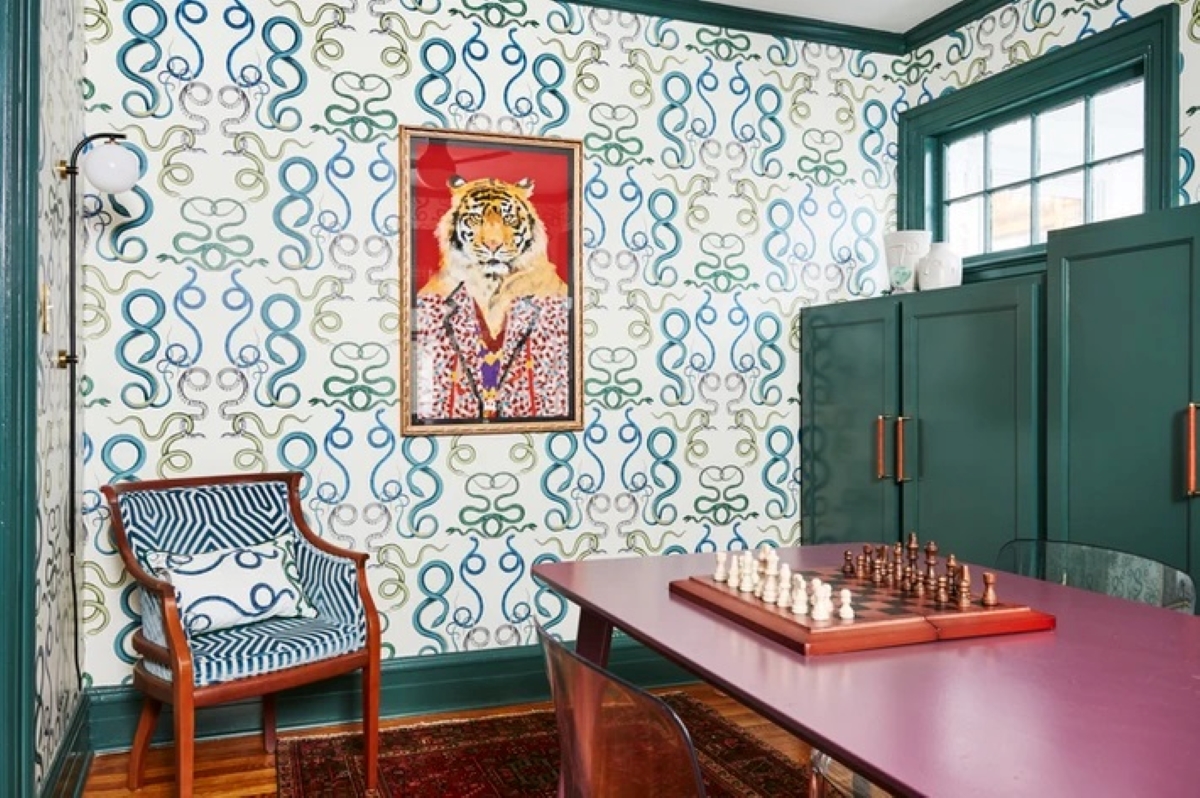
While you might choose to incorporate your interior design style no matter what style of house you buy, you could also opt to match the styles and create a consistent feel throughout the property. “I am a big proponent that if something thrills you, you should use it,” Dawson says. “However, if you want to bring in elements of your home’s exterior style, make sure to add in several of those pieces to create balance throughout.”
Though she agrees matching your exterior and interior styles isn’t always necessary, Storms says, “It’s important to honor ‘the soul’ of your home through thoughtful decorating choices.” In her work, she does this by incorporating the home’s original details and coordinating them with the client’s design preferences. In a recent project, she accomplished this by preserving the home’s original moldings, while highlighting them with deep green paint that feels new and contemporary. She also believes that some styles work well together while other combinations are less preferable, so be cautious when choosing to mix and match.
RELATED: Know Your House Styles: America’s Signature Types of Residential Architecture
Cottage Style
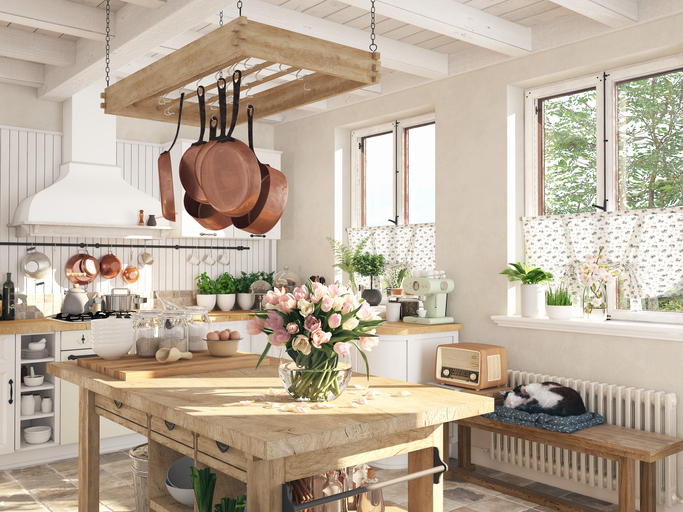
Storms recommends staying cohesive from exterior to interior with a farmhouse– or cottage-style home. “What made the modern farmhouse movement take off was the fact that the originators lived on a farm and the décor was relevant to the area,” she says. While farmhouse is making way for cottage style, if your heart is set on shiplap, do what makes you happy. You don’t have to live in a farmhouse or beach house for cottagecore to work well. This muted color, simplified style also works well with A-frames, homes with wraparound porches, and Cape Cod style homes.
Grandmillennial
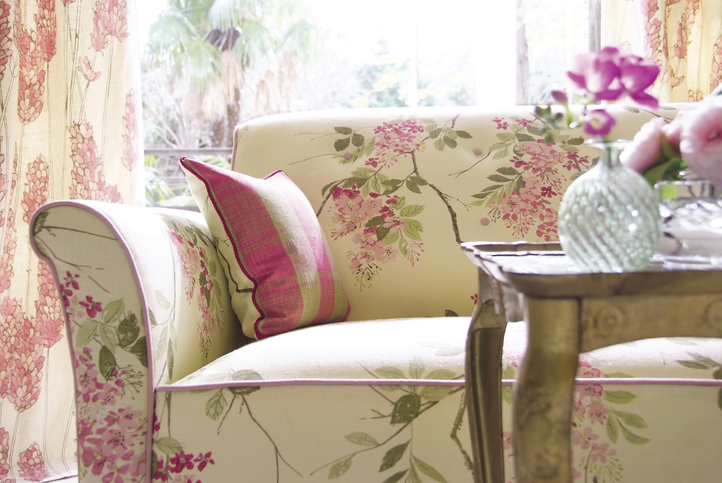
The original details in classic style homes tend to lend themselves to the older era styling referred to as grandmillennial. Think velvet and chandeliers, wallpaper, and gilded antiques to achieve a look that is both old-fashioned and comfortable. Grandmillennial ranges from a pastel coastal look to a chinoiserie maximalist look, depending on the setting. Chintz chairs and delicate florals will complement a Queen Anne style home. Spindle-back or ladder-back chairs will seem right at home in a Colonial or Dutch Colonial home, and you can show your colorful Art Deco flair in a Georgian home.
Midcentury Modern
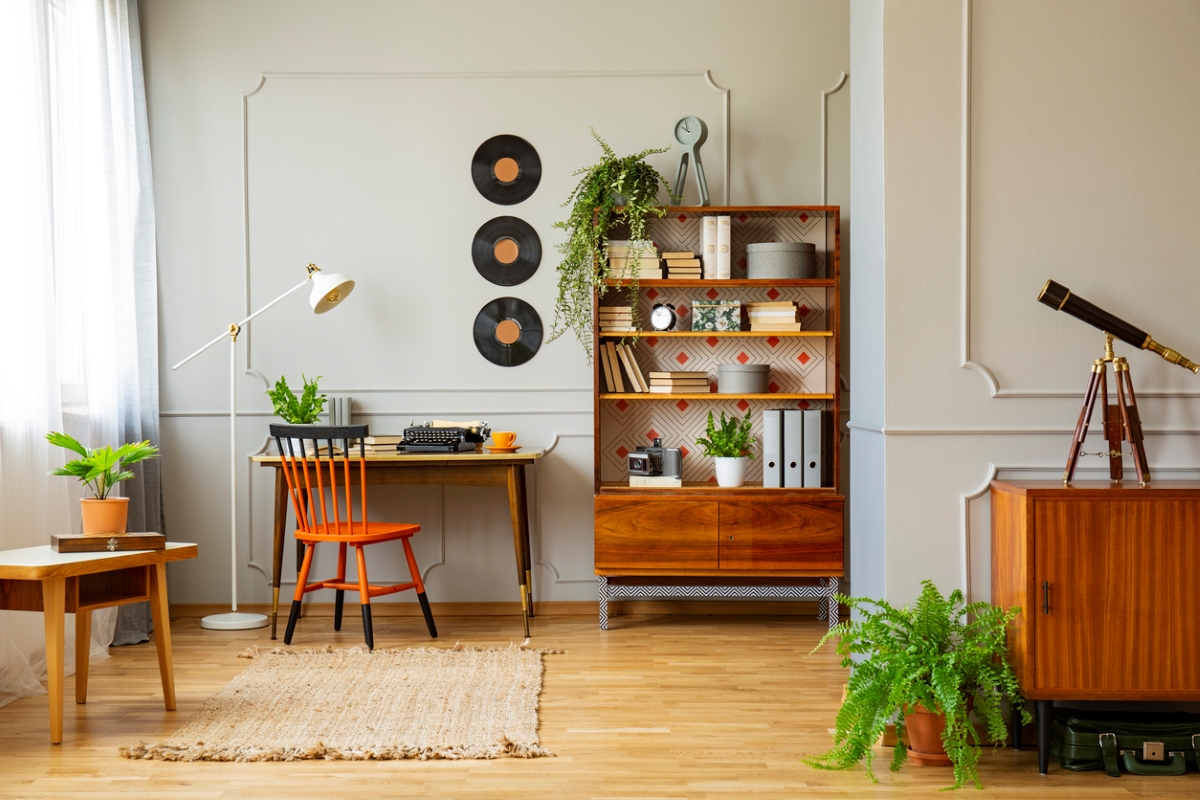
Ideal for those home owners who don’t want a super-modern house, midcentury modern style puts an emphasis on functionality without compromising artful style. Architecture of this period incorporates natural finishes, large windows, open floor plans. “These style homes tend to have simpler, cleaner lines in layout and finishes,” Storms says. To honor that intent and preserve the natural flow, stick with mid-century furnishings. Midcentury modern decor can also pair well with Craftsman and ranch-style homes.
RELATED: The 13 Telltale Signs of a Well-Preserved Old Home
Modern or Industrial
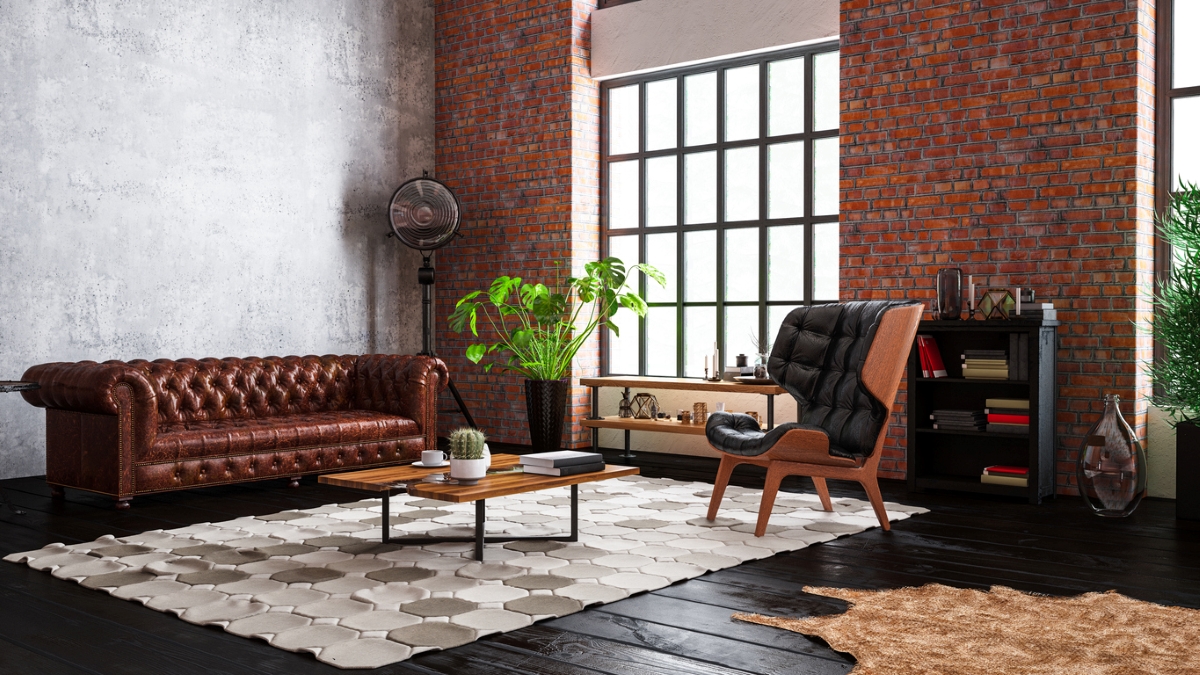
If minimal and streamlined describes your perfect home, you might prefer either modern or industrial styles. Both are based on simple forms, open air spaces, and neutral colors. They’re based on the idea that form follows function, so everything should be simple and have a practical purpose. Modern homes have uncluttered exteriors with mixed materials, and interiors with the occasional pop of bold color. Industrial style is similar, but it incorporates building materials in a visible way, such as exposed ductwork and concrete flooring. Modern and industrial decor styles work well with modern and industrial style homes, but you can also pair them with A-frames and midcentury modern homes.
Eclectic Design Style
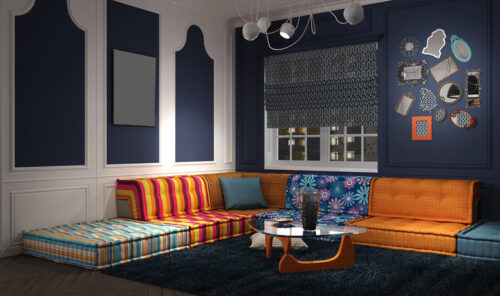
If you don’t want to stick to one specific style, eclectic design can be paired with most home types. “I love a contemporary, eclectic style,” Storms says. “The blending of different eras of furniture, playing with color, pattern mixing, and incorporating my favorite pieces either handed down from my gram or purchased from vintage dealers.” Since it blends old and new, eclectic design doesn’t fight against the home’s exterior. That said, there is a method to the madness if you want a cohesive flow to the home, so study up on things like pattern mixing and color theory for the best result.
RELATED: 8 Decorating Rules Meant to Be Broken—and 1 to Live By

